
An expedition with PONANT & NATIONAL GEOGRAPHIC is truly a one of a kind experience. With National Geographic naturalist experts and photographers onboard to enrich your journey with the ultimate in-the-field learning experience, these expeditions are for travellers with a real passion for understanding the world around them.
Photography buffs will be especially at home on these remarkable voyages, where unbelievable scenery comes together with on-hand master knowledge to make sure you get the perfect shots. We spoke with Susan Seubert, one of the renowned National Geographic photographers joining these cruises to pick her brain on everything from how she got started to her favourite moments and photography tips. Susan is an award-winning travel and editorial photographer and has photographed more than 30 feature stories for National Geographic Traveller. Her diverse subject areas range from Antarctica to the Caribbean and from Europe to Asia.
Tell us why you chose to pursue a career in photography - what do you like most about photography and being a photographer?
I’ve been interested in photography since I was a child. Like many people, I was inspired by National Geographic Magazine, so when it was time to decide on a career, I went for it. Photography is my key to the world – I really enjoy how I get to experience the world visually and tell stories using beautiful images.
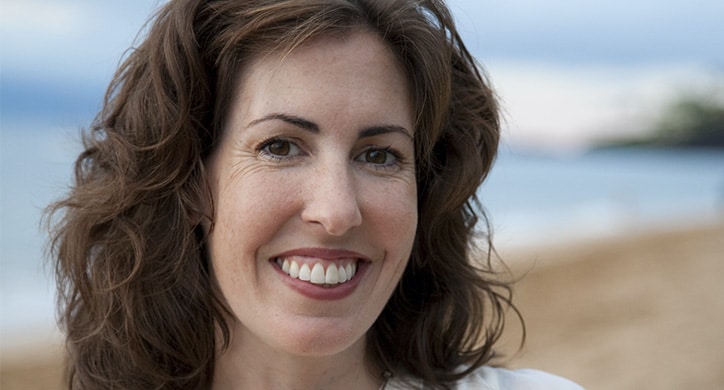
How did you come to work with National Geographic and how long have you been working with them?
It was my life’s goal to work as a photojournalist for National Geographic, so when they called me in for my first assignment in 2004, I was thrilled, and have been a contributing photographer to National Geographic Traveller Magazine, and more recently NationalGeographic.com, ever since.
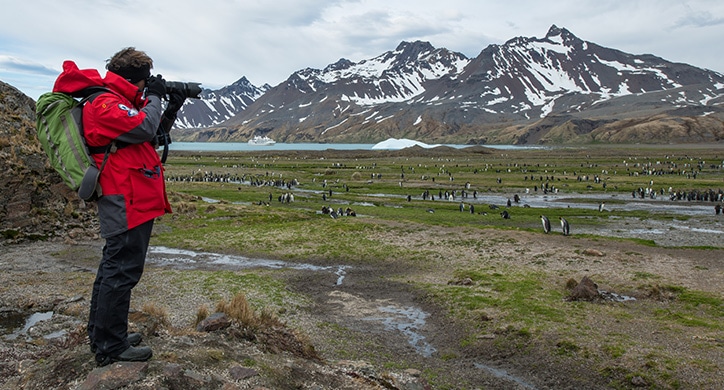
What does being a National Geographic photographer mean? What type of assignments do you do with them?
Being a photographer for National Geographic means that you are adept at all aspects of visual storytelling, from being able to put together an assignment, to researching all kinds of subjects, to delivering the best images possible on a range of topics. I work on assignments about travel, which means that I cover everything from landscapes and portraits to food, architecture, wildlife and beyond.
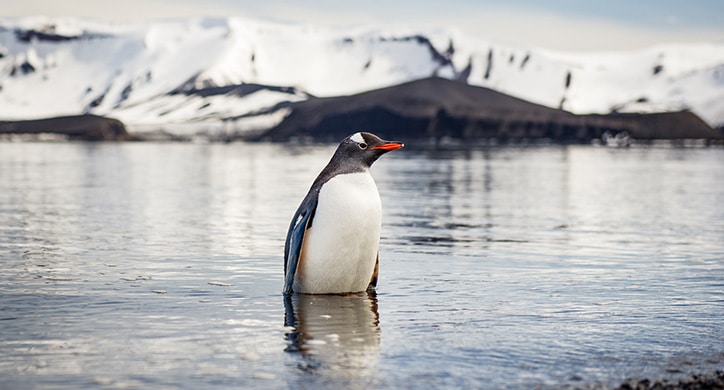
Why did you decide to be one of the National Geographic photographers on PONANT & NATIONAL GEOGRAPHIC’s expeditions? What drew you to PONANT?
I really enjoy sharing the joys of the medium with other people. It’s thrilling to be able to show people how to make better pictures so that they leave any National Geographic expedition with excellent images, both technically and compositionally.
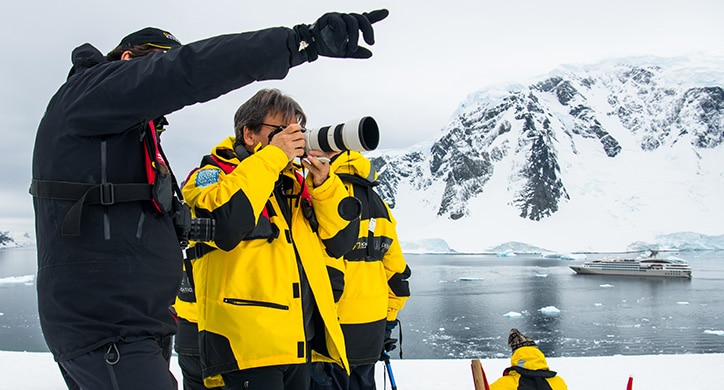
You recently came back from an Alaska PONANT & NATIONAL GEOGRAPHIC expedition cruise - what was your role on this cruise and what did you like most about PONANT and this experience
The food! Just kidding, although the food was exceptional. I was the National Geographic photographer and my role included helping people with their cameras, pointing out good photo opportunities, and getting people excited about taking good photographs.
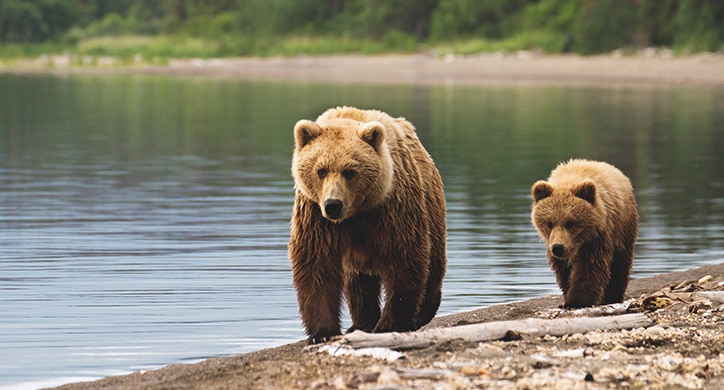
What can guests expect to learn from the lectures and workshops on board a PONANT & NATIONAL GEOGRAPHIC cruise and will in the field advice be offered?
I try to be available as much as possible both on board the ship as well as in the field when we are experiencing the breath-taking nature of these amazing destinations. Areas such as Antarctica, South Georgia and the Falklands are all extremely unique environments with many opportunities to photograph the landscape as well as the wildlife. I’m there to show people how to take better photos, how to put together a story, and to offer technical advice about cameras and post-processing. I enjoy giving lectures about visual storytelling and offer workshops about how to best use iPhones and Androids, how to process RAW files and how to use DSLR cameras to get those “wow” shots. I also love when I have the opportunity to offer in the field feedback so that people can move forward on their photographic journey.
Have you travelled to Antarctica before and if so, what are your favourite aspects of this destination?
I have been to all of the areas visited on an Antarctica cruise several times and the parts I look forward to the most are the incredible penguin colonies on South Georgia and the amazing ice formations in Antarctica.
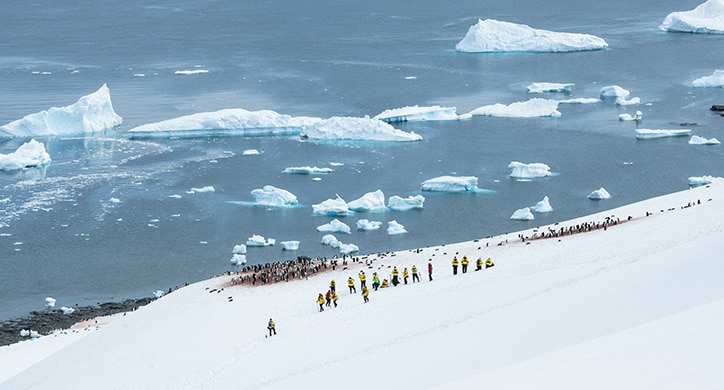
What camera equipment do you take to somewhere like Antarctica and what do you recommend travellers to Antarctica should take with them?
I travel with a pretty good-sized kit that includes 2 DSLR bodies with 4 lenses, one bridge camera, one point and shoot, and one iPhone. I recommend bringing whatever is most comfortable, preferably a camera that has been tested. I also suggest bringing extra batteries because the extreme temperatures can exhaust batteries faster than in most normal temperature ranges. Also, bring plenty of memory cards, battery chargers and cables, as well as the camera manual. If you’re a serious photographer, bring a laptop with an external hard drive.
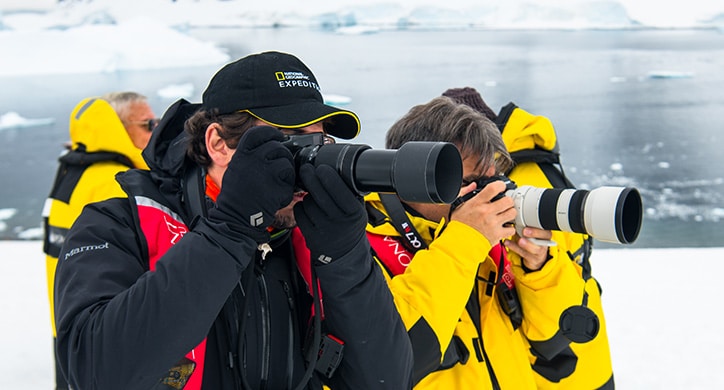
What tips do you have on taking great photos of the wildlife and landscapes in polar regions?
Always be prepared and carry a camera with you at all times, which these days is really easy as an iPhone fits in your pocket. As for the rest of the tips, well, these are shared during the on board presentations!
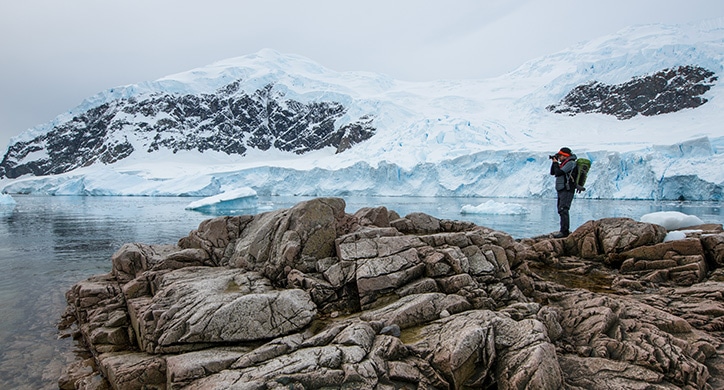
Do you think people need to invest in good camera equipment to take good photos or is taking good photos on your phone achievable now?
To take excellent photos, you have to have a good eye. This is what I hope to help with the most – how to take a great picture, not just take a snapshot
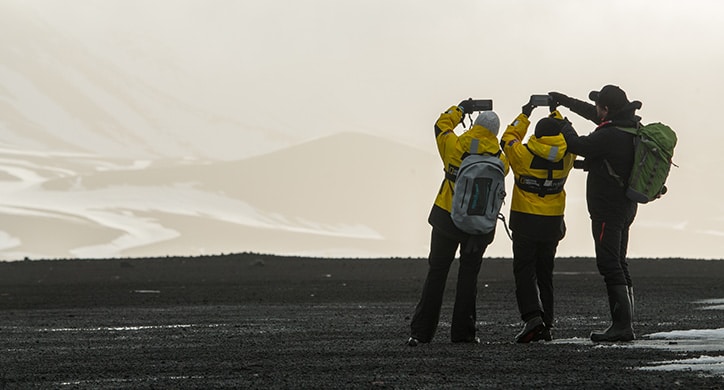
Do you have any advice for photographers who are just getting their “sea legs” with their photography? Any advice on how to produce meaningful photographs?
Take pictures every day. Make photography a daily practice and make sure to review the pictures immediately. The only way to be able to produce meaningful photographs is to understand the medium, and the only way to do that is to not only master the technical aspects of photography, but also the composition, noticing light, colour and moments.
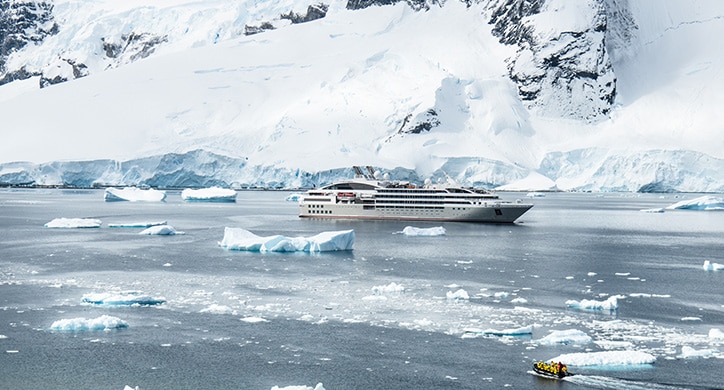
Want to join Ponant & National Geographic?
From the polar regions to the tropical climes of the South Pacific, join us on an educational journey that’s more than just a cruise.
Discover